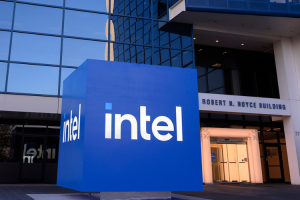Interference from 5G signals could affect the planes’ altimeters. That can lead to delays deploying the spoilers and thrust reversers that slow aircraft down after landing.
That’s the reason why some Boeing 787 passenger jets should take extra care when landing in wet or snowy conditions at airports near 5G towers. The Federal Aviation Authority (FAA) said:
“The presence of 5G C-Band interference can result in degraded deceleration performance, increased landing distance, and runway excursion.”
This means that interference could lead, in the worst case, to a plane running off the end of the runway.
The FAA’s advice relates to a specific set of circumstances that could occur in bad weather at airports in areas with C-Band 5G service.
5G signals operate on a portion of the radio frequency spectrum relatively similar to that used by the radio altimeters in some aircraft. Pilots rely on altimeters to land when visibility is low.
According to aircraft maker Boeing, data from the devices is used to switch 787 aircraft from air to ground mode. Without that switch, key functions like automatic thrust reverser deployment might not happen, meaning the plane would need more room to land safely.
In a notification to airlines, the FAA said that Boeing 787s operated by over 80 international airlines including Air France, British Airways, KLM, LOT, and holiday operator TUI could be affected by interference when landing at airports in the United States.
The FAA’s guidance comes right ahead of the launch of the dedicated C-band 5G service by US mobile operators on Wednesday.
In December last year, Europe’s air safety regulator the EASA responded to the FAA’s concerns over 5G interference, concluding that “at this stage, no risk of unsafe interference has been identified in Europe”.








